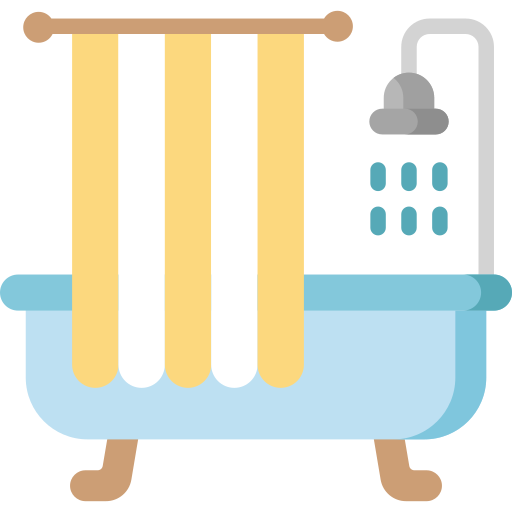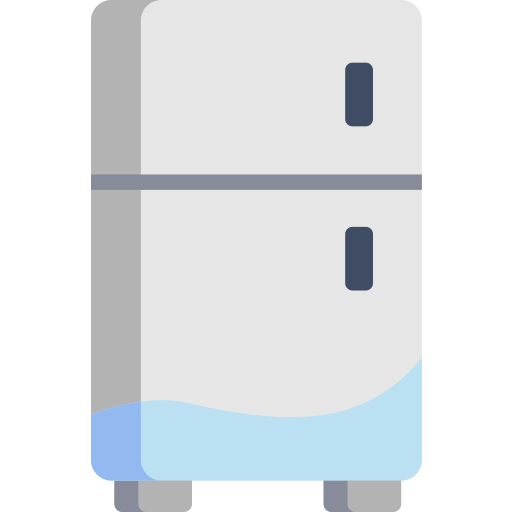PART A_1
Let’s introduce ourselves to each other.
PART A_2
My name is ________________. What is your name?
PART A_3
I am ________________. Nice to meet you.
PART A_4
Nice to meet you too, ________________. (ice break question)
PART A_5
PART A_6
I see. Now, let’s begin our lesson.
PART B_1
We will read aloud the words below. Please repeat after me. I will check your pronunciation.
(Please send the mispronounced words and expressions to your student.)
PART B_2
(image)
| (word) | (JP) |
| (word) | (JP) |
| (word) | (JP) |
| (word) | (JP) |
| (word) | (JP) |
PART B_3
Now, let’s review some words from part B_2.
(Please review the mispronounced words and expressions from part B_2.)
PART B_4
PART B_5
Please look at the picture in part B_2. Give a maximum of three things that you see in the picture.
(If your student is having a hard time to answer, please move to the next activity.)
PART B_6
PART B_7
Please construct sentences using each word below.
PART B_8
| (word) | |
| (word) | |
| (word) | |
| (word) | |
| (word) |
PART C_1
Now, we will read aloud the words below to practice proper phonics. I will check your pronunciation.
(Please send the mispronounced words and expressions to your student.)
PART C_2
| (word) | /phonics/ |
| (word) | /phonics/ |
| (word) | /phonics/ |
| (word) | /phonics/ |
| (word) | /phonics/ |
PART C_3
Now, let’s review some words from part C_2.
(Please review the mispronounced words and expressions from part C_2.)
PART C_4
PART D_1
You will read aloud the passage below. I will check your pronunciation and intonation.
(Please send the mispronounced words and expressions to your student.)
PART D_2
(passage)
PART D_3
Now, let’s review some words and sentences from part D_2.
(Please review the mispronounced words and sentences from part D_2.)
PART D_4
PART D_5
I will ask the following questions. Please answer based on the passage. I will check if your sentences are complete and if the grammar is correct.
PART D_6
|
1.
|
(question) |
|
Answer:
|
|
|
2.
|
(question) |
|
Answer:
|
|
|
3.
|
(question) |
|
Answer:
|
PART D_7
Now, let’s review your answers.
(Please review your student’s answers by sending the correct answers in complete sentences. After that, ask your student to read aloud his or her corrected answers.)
PART D_8
PART E_1
Please choose a word to complete each sentence. Then, read aloud the sentences.
PART E_2
(word)
(word)
(word)
(word)
|
1.
|
(sentence with blank) |
|
2.
|
(sentence with blank) |
|
3.
|
(sentence with blank) |
|
4.
|
(sentence with blank) |
PART E_3
Now, let’s review your answers.
(Please review your student’s answers by sending the correct answers in complete sentences. After that, ask your student to read aloud his or her corrected answers.)
PART E_4
PART F_1
Please answer the following question.
I will check if your sentences are complete and if the grammar is correct.
I will check if your sentences are complete and if the grammar is correct.
PART F_2
|
1.
|
(question) | |
|
Answer:
|
(expression) | |
|
2.
|
(question) | |
|
Answer:
|
(expression) | |
|
3.
|
(question) | |
|
Answer:
|
(expression) |
PART F_3
Now, let’s review your answer.
(Please review your student’s answers by sending the correct answers in complete sentences. After that, ask your student to read aloud his or her corrected answers.)
PART F_4
PART G_1
Now, let’s answer the following questions. Your answer should start with “Yes/No”.
Give at least one reason to support your opinion. I will check if your sentences are complete and if the grammar is correct.
Give at least one reason to support your opinion. I will check if your sentences are complete and if the grammar is correct.
PART G_2
|
1.
|
(question) |
|
Answer:
|
|
|
2.
|
(question) |
|
Answer:
|
PART G_3
Now, let’s review your answers.
(Please review your student’s answers by sending the correct answers in complete sentences. After that, ask your student to read aloud his or her corrected answers.)
PART G_4
PART H_1
Let’s do a free talk about the following topic.
(Please do a free talk if you have time left.)
PART H_2
(question)
PART H_3








